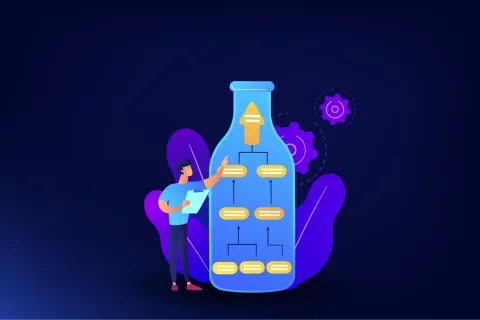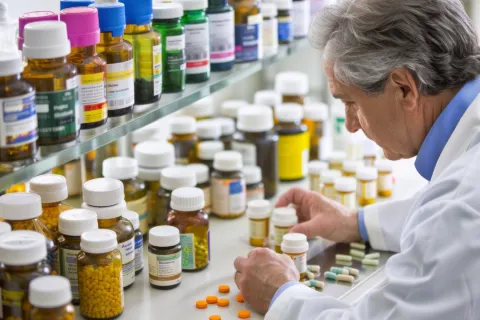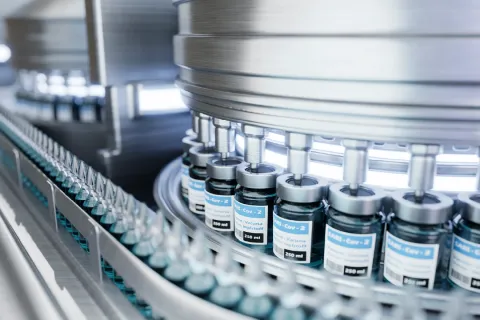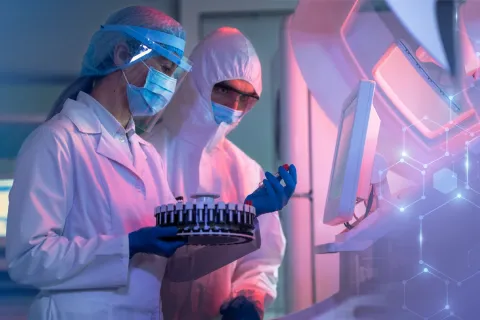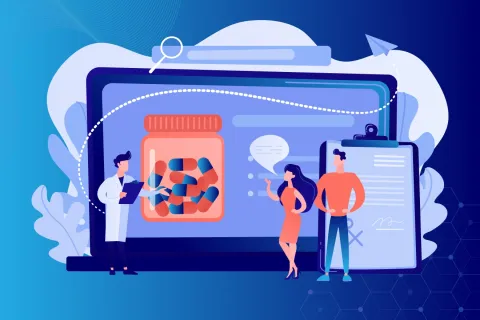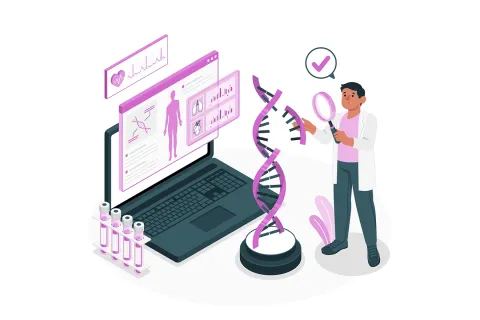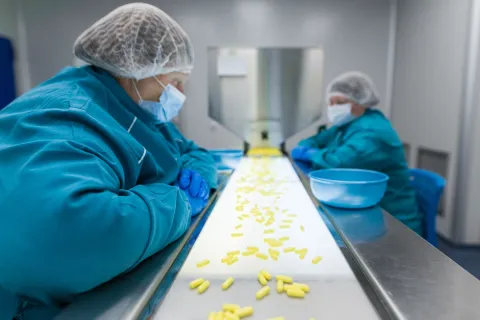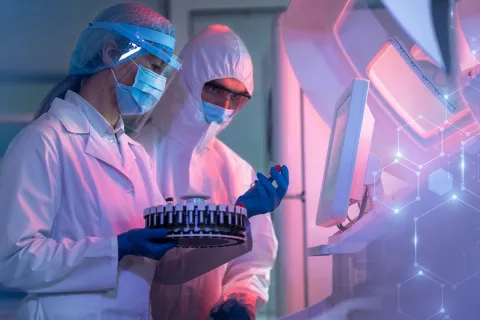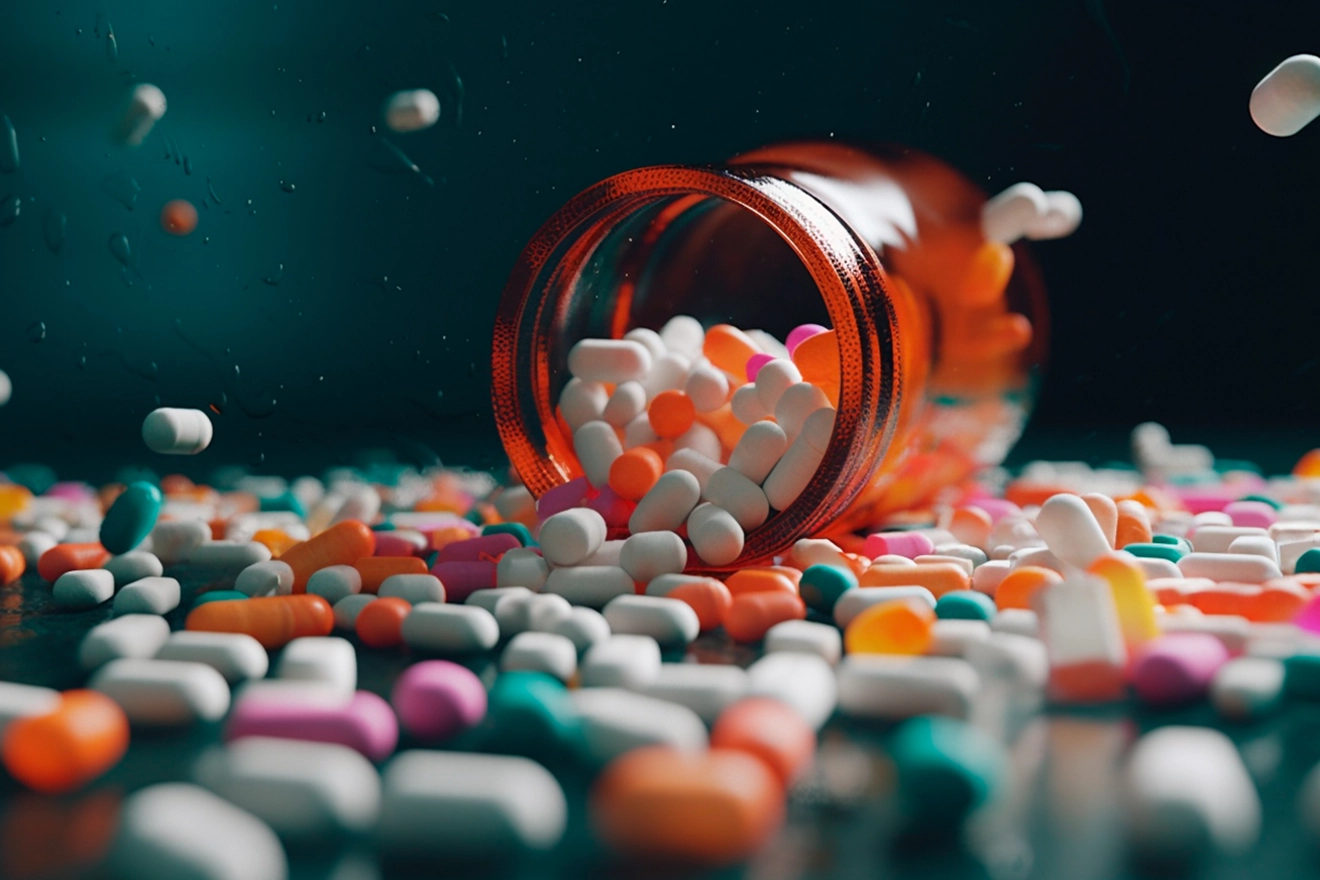
Manufacturing counterfeit and fraudulent items is highly profitable, particularly in the pharmaceutical industry. The illicit market for prescription medication has become a global menace, with patients' lives at risk as it continues to flood hospitals and pharmacies worldwide. Today, counterfeit drug prevention, pharmaceutical supply chain security, and digital traceability have become top priorities for both global regulators and manufacturers.
Counterfeiters have established robust networks for over a decade and exploited the pharmaceutical industry, which desperately needs rules and security. To combat this, many governments worldwide are taking the necessary steps to enact strict rules and new laws to protect their countries, the various factors in the pharmaceutical supply chain, and, most importantly, the patients. Regulatory frameworks, such as the DSCSA, EU FMD, and global track-and-trace mandates, are driving the adoption of serialization and aggregation technologies.
Be it "serialization," "coding," or "track-and-trace," the pharmaceutical sector is rife with terminology indicating a desire for transparency. The most recent is "aggregation," a growing data collection technology designed to streamline inventory and the supply chain. While the approach is still in its early stages, it has the potential to address counterfeiting, theft, inefficiencies, and confusion. Aggregation also plays a critical role in enhancing digital supply chain visibility, facilitating regulatory reporting, and ensuring patient safety assurance.
When working with a large number of products, product aggregation is a highly efficient activity that helps save time and resources. While aggregation provides more security, its utility stretches beyond security and into various other areas, such as:
Data Serialization
The data can be compared to that of predecessors by scanning the code at various locations along the pharmaceutical supply chain. If the numbers differ in any way, it indicates that the product has been compromised. This enables real-time supply chain traceability and improves regulatory inspection readiness.
Enhanced Inventory Management
During aggregation, the information obtained through screening and serialization is recorded within a centralized repository, which instantly returns the batch location when searched. This enhances inventory visibility, minimizes stock discrepancies, and facilitates warehouse automation initiatives.
Faster Decommissioning
Pallets can be decommissioned from bulk shipments without requiring physical presence. This can also be accomplished using mobile platforms by identifying damaged items and removing them digitally from the shipment. This enhances operational agility and minimizes supply chain disruption.
Operational Flexibility
The procedure simplifies complex pharmaceutical supply chains, including export-import (EXIM) operations. Because many countries mandate aggregation as part of regulatory compliance, its adoption helps standardize global trade processes and ensures smoother cross-border movements.
Quicker Rework
When the exact location of a product is known, manufacturers can quickly replace a specific batch or vial. This is done by retrieving and modifying its unique identifier digitally. Manual box handling is eliminated, significantly reducing human error. This capability strengthens recall readiness and batch-level traceability.
Faster and Effective Recalls
If concerns arise regarding a product, it can be swiftly recalled without impacting unaffected batches. This ensures patient safety while minimizing financial loss and damage to the brand.
Enhanced Process Security
Pallets remain sealed until they reach their destination. There is no need to open them for inspection, as all items can be identified through the SSCC (Serial Shipping Container Code). This ensures product integrity and prevents diversion or tampering.
Improved Warehouse Management
Products can be quickly located by tracing their serial numbers to the associated SSCC, enabling accurate warehouse tracking and efficient logistics planning.
Compliance with Regulations
Many global regulatory bodies now mandate aggregation in addition to serialization. Aggregation enables seamless track-and-trace operations across the pharmaceutical supply chain. Critical data can be exchanged between manufacturers, wholesalers, and distributors. If a product appears outside its intended route, it is immediately flagged as suspicious or counterfeit. This supports compliance with DSCSA, EU FMD, ANVISA, and other global regulatory frameworks.
Conclusion
To summarize, pharmaceutical aggregation is no longer optional—it is essential. As counterfeit drugs continue to threaten patient safety and brand integrity, aggregation serves as a cornerstone of secure, transparent, and compliant supply chains. It offers long-term operational efficiency, enhanced visibility, and regulatory alignment.
By adopting advanced aggregation solutions and integrating them with regulatory artwork and serialization processes, pharmaceutical companies can achieve end-to-end compliance and future-proof their supply chains.
Outsourcing artwork and serialization activities to an experienced Regulatory partner like Freyr helps organizations accelerate global compliance, reduce risk, and ensure operational excellence. Connect with us today to strengthen your aggregation and serialization strategy.
